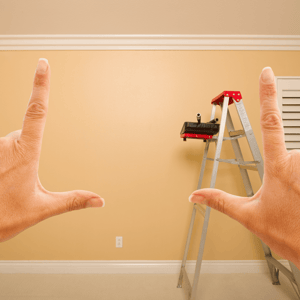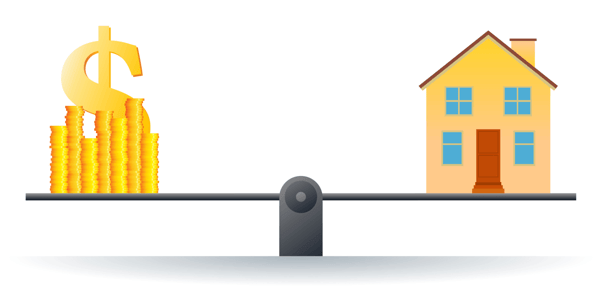Before buying a new property, you're likely looking to sell your current home. Everyone wants to get the most money possible for their current house, but it’s hard to get an exact feel for the perfect time to list and the perfect time to buy. If you’re looking to upgrade in favour of a new home, here are some common mistakes to avoid in the process.
Over- or Under-Valuing Your Home
Your current home has served you well and naturally, you feel an attachment to it. You probably have a target figure in your head, knowing that the more you sell it for, the more you’ll have as a down payment on your next home. However, if you price it for more than people are willing to pay your house can end up sitting on the market for months. If you underprice it, you might have a quick sale, but you won’t be recuperating the funds that you deserve. Be sure to do some research on the market value of comparable homes in the area.
Selling Too Soon or Too Late
There’s a delicate balancing act when it comes to selling and buying. If you buy first, you may have to carry two mortgages if your current home doesn’t sell within your planned time frame. However, if your current home does sell quickly, you might not be ready to move when the new owner is ready to take over. One of the best ways to alleviate this problem is to purchase a brand new home. If you’re working with a reputable builder, you’ll have a good idea of how long it will take to build your dream home. If you aren’t interested in the building process but are still wanting to buy new, companies often have move-in ready models available for purchase at all times.
Not Making Necessary Improvements
Buyers are making a big financial move when they purchase a new home, and most don’t want to deal with major renovations as soon as they move in. Spending some money to make a few home improvements can fetch you a higher price and quicker sale when you decide to list. Some things to consider are replacing older roofs, furnaces, or water heaters, replacing the carpets, and updating fixtures that are noticeably outdated. The better your house looks, the easier it will be to sell.
 Making Too Many Improvements
Making Too Many Improvements
The majority of buyers make their home-purchasing decision based on two rooms: the kitchen and the bathroom. Studies show that if prospective buyers are able to make a good physical and emotional connection with these areas, your home will be easier to sell. This is useful information to keep in mind if you do plan on making improvements; sellers can spend thousands of dollars upgrading the wrong areas and wind up disappointed if they don’t recover the costs.
Not Tracking the Market
Start tracking the housing market the moment you get the inclination to sell. Ideally, keeping an eye on the market for a year will give you better insight into the best times to buy and sell. Pay special attention to how long homes tend to stay on the market and during what time of year. Generally, people choose to sell their homes in the spring, which can sometimes make it a buyer’s market – there’s more homes than there are buyers – but it might also make it a seller’s market because buyers also know they’ll have the most choices in the spring. While this information might not play a major role in your decision, it’s good to at least have an idea of what you’ll be getting into.
Forgetting About Interest Rates
Interest rates can have a major effect on your monthly payments. If you’re purchasing a more expensive home and rates have gone up, this could mean a big jump in your expenses. On the flip side, lower rates can mean you’ll be able to purchase a more expensive home without significantly increasing your payments. Keep in mind that there might be more active buyers when rates are lower, making it a better time to sell your home if you’re in a position to do so.
There are many factors that can have a big effect on buying and selling process-but don’t worry- keeping the above tips in mind will not only help you know what to look for but also help to alleviate unforeseen stresses along the way.




